Before You Cut That Board: A Pro’s Guide to Actually Finishing Your Project
I’ve been building things for what feels like a lifetime. It all started with a laughably wobbly birdhouse my grandfather helped me with. The cuts were crooked, I bent more nails than I drove straight, but man… that feeling of making something real with my own two hands? It stuck. Since then, I’ve run a custom cabinet shop, trained new carpenters, and worked on everything from antique furniture to framing up houses. And after all these years, I can tell you the biggest secret: the difference between a project you’re proud of and a pile of expensive firewood has almost nothing to do with having the fanciest tools.
In this article
It’s all about the approach. It’s about how you think before you even plug in a saw. This isn’t just a list of tips; this is the solid foundation I’ve built my whole career on, and I want to share it with you.
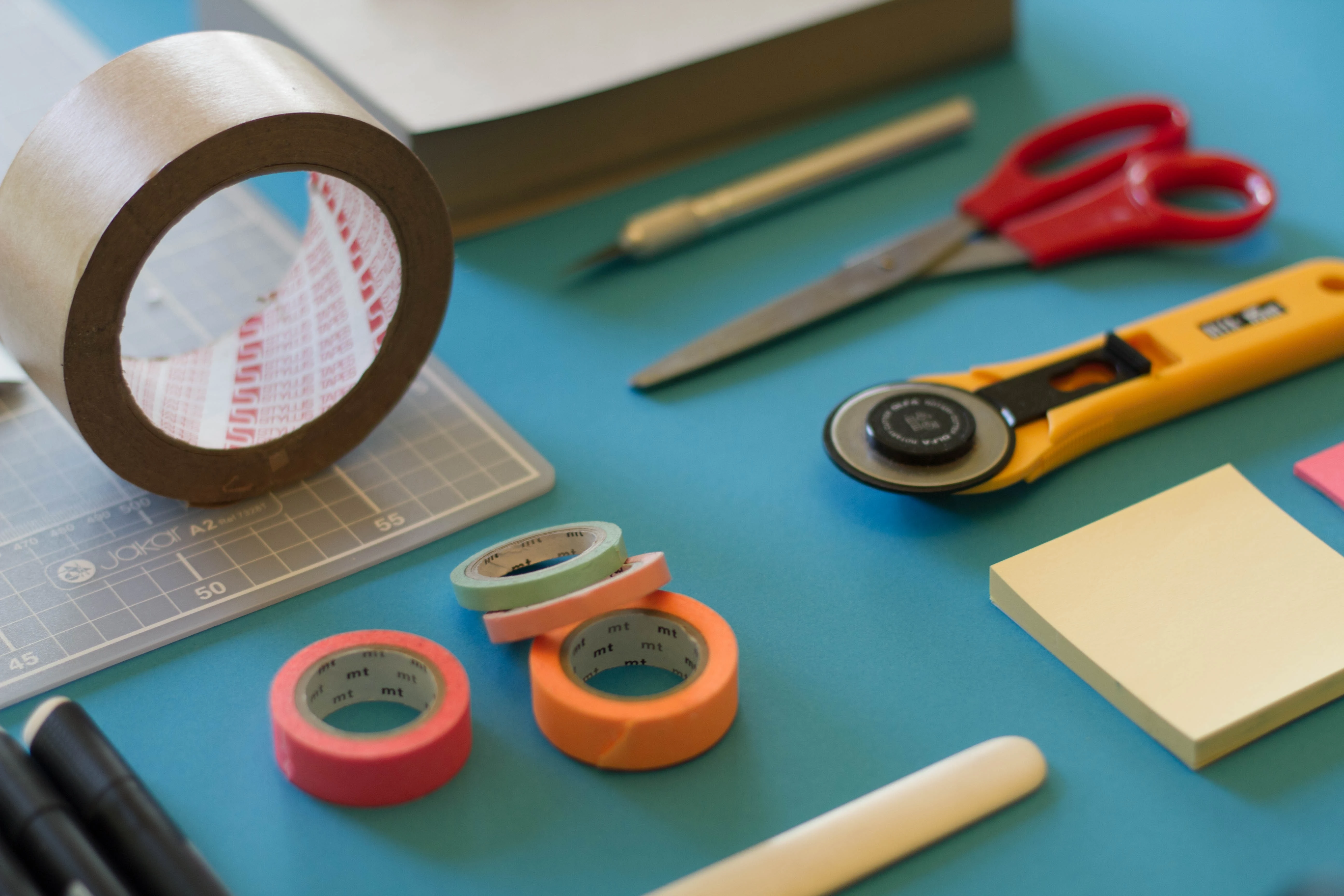
The Real Work Happens Before You Start
Honestly, most failed projects are doomed from the start. They die on the planning table—or more often, from the lack of one. Just having a vague idea and making a run to the home center is a perfect recipe for frustration, multiple return trips, and a stack of mis-cut boards. The pros can’t afford that kind of waste, and you shouldn’t have to either.
The Three Lists That Will Save Your Sanity
Before you even think about touching a piece of wood, you need to get organized on paper. A simple notebook is perfect. Don’t worry about the format; clarity is what counts. Let’s imagine you’re building a simple bookshelf to see how this works in practice.
- The Cut List: This is your project’s bible. It lists every single part you need to cut. For our bookshelf, it would look something like this: a top piece, a bottom piece, two sides, and maybe three shelves. Each entry needs the final dimensions (Length x Width x Thickness), the material (like Pine or Oak), and how many you need. Forgetting this is why you end up with shelves that are a half-inch too short. A quick tip: Always remember to account for the width of your saw blade (that’s called the “kerf”). If you don’t, every piece will be slightly too small!
- The Materials List: This is your shopping list. It includes all the wood from your cut list, but here’s a pro move: add 15-20% extra. This covers you for any mistakes or a board with a bad knot you have to work around. You’ll also list all your hardware (screws, shelf pins), finishing supplies (sandpaper, stain, polyurethane), and other stuff like wood glue, shop towels, and maybe a disposable brush for that polyurethane.
- The Tool & Safety List: Walk through the project in your head, step-by-step. What tools do you need? A circular saw to break down the big sheets? A miter saw for clean crosscuts? A drill and the right bits for the shelf pins? Clamps? A sander? Write it all down. Then, next to each tool, list the safety gear you need—glasses, hearing protection, dust mask. This little step prevents that annoying moment when you’re ready to make a cut and realize your safety glasses are still in the house.
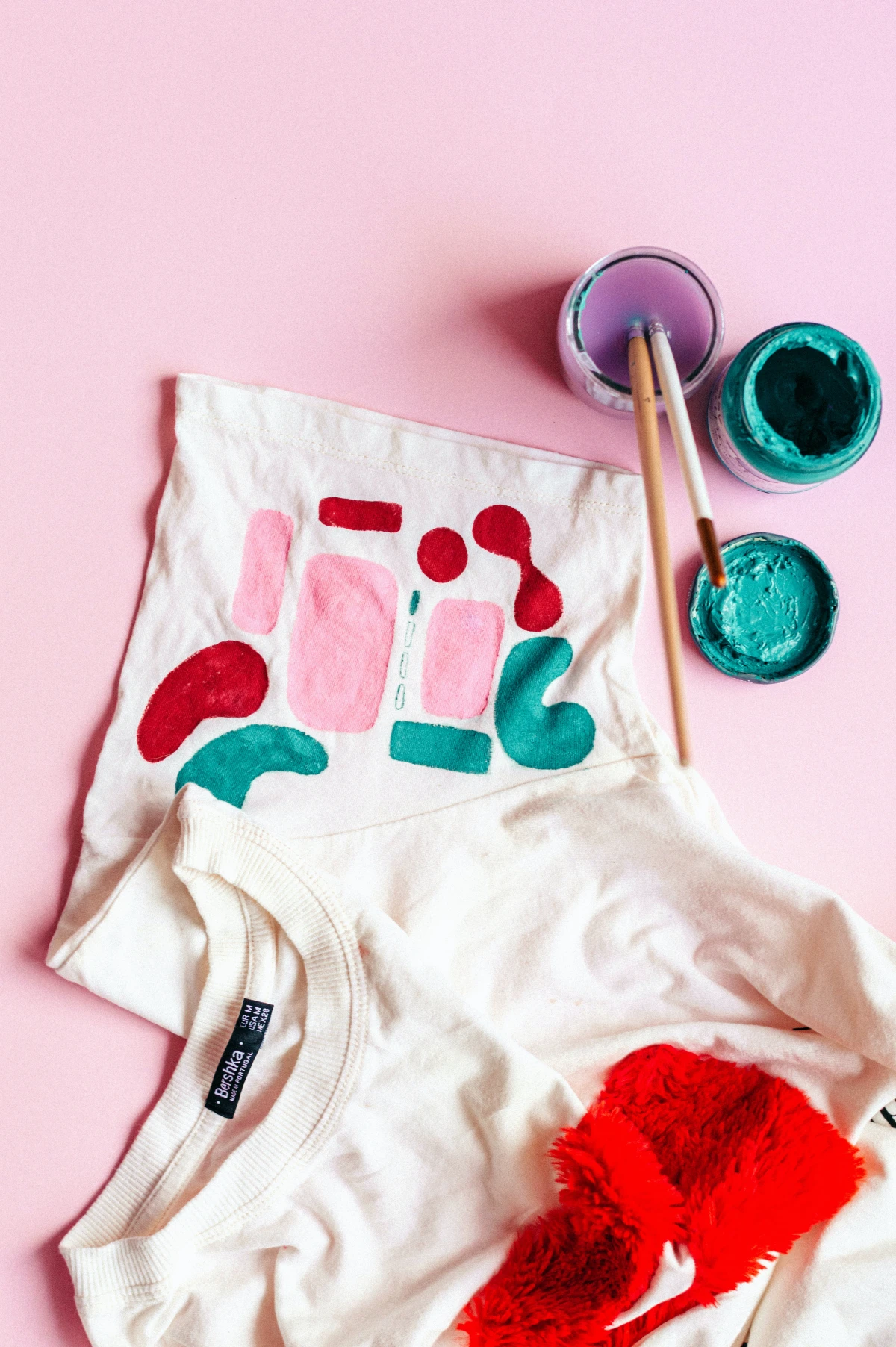
Wood Isn’t Plastic (And That’s a Big Deal)
You have to respect the material. Wood was once alive, and in a way, it still is. It breathes. It soaks up moisture from the air when it’s humid and releases it when it’s dry, causing it to expand and shrink, mostly across its width. I’ve seen so many beautiful, solid wood tabletops crack and split after a year because they were rigidly screwed down to a base with no room to move.
So, when you’re planning, you have to account for this. This means using special techniques for big panels, like using Z-clips or figure-eight fasteners that hold the top flat but allow it to slide a tiny bit as the seasons change. This isn’t an optional, fancy step; it’s fundamental to building things that last.
Your Tools Are Your Teammates: Spend Money Where It Counts
You absolutely do not need a workshop that looks like a high-end catalog to do great work. What you do need are a few reliable, accurate tools. A cheap, wobbly tool is honestly more dangerous and frustrating than no tool at all. I once had a cheap circular saw with a flimsy base ruin an $80 sheet of birch plywood because the cut wandered. Lesson learned.
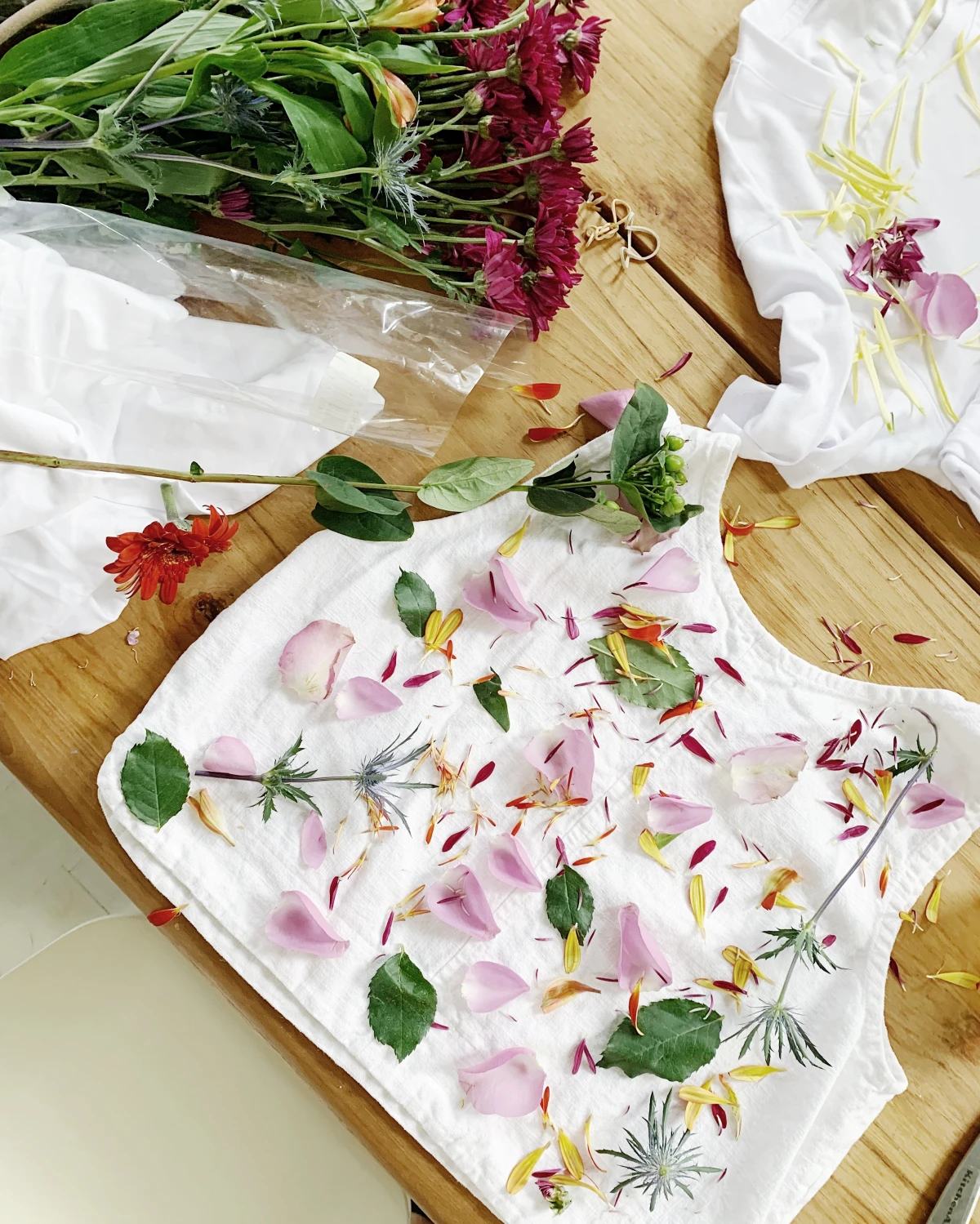
The Core Five: Your First Smart Investments
If you’re just starting out, focus your budget here. These five things will handle 90% of what you want to do.
- A Good Circular Saw: For a beginner, this is way more versatile than a table saw. Look for one with a solid, flat baseplate (magnesium is a good sign) and easy-to-read adjustments. A model with a blade brake is a huge safety plus. Budget-friendly brands offer great value for around $70, while stepping up to a pro-level tool might cost $150 or more for extra power and durability.
- A Reliable Drill/Driver: A cordless 18V or 20V drill is the workhorse of any shop. Get a kit with two batteries—trust me on this. A brushless motor costs a bit more but will last longer and deliver more power.
- A Random Orbit Sander: This is the secret to a professional-looking finish. A 5-inch model is the standard. Look for variable speed and good dust collection. You can get a decent one for $50-$80.
- A Quality Combination Square: As I said, this is non-negotiable for marking and checking square. Don’t buy the cheap plastic ones. A solid steel body with a clearly etched ruler is what you want. It’s a tool you’ll have forever.
- A Set of Good Clamps: You can never, ever have enough clamps. Start with four 24-inch F-style or bar clamps. They’re essential for holding things steady and for gluing up panels. A heads up: over-tightening clamps is a classic rookie mistake. You just need firm pressure; cranking down with all your might will squeeze all the glue out and create a weak joint.
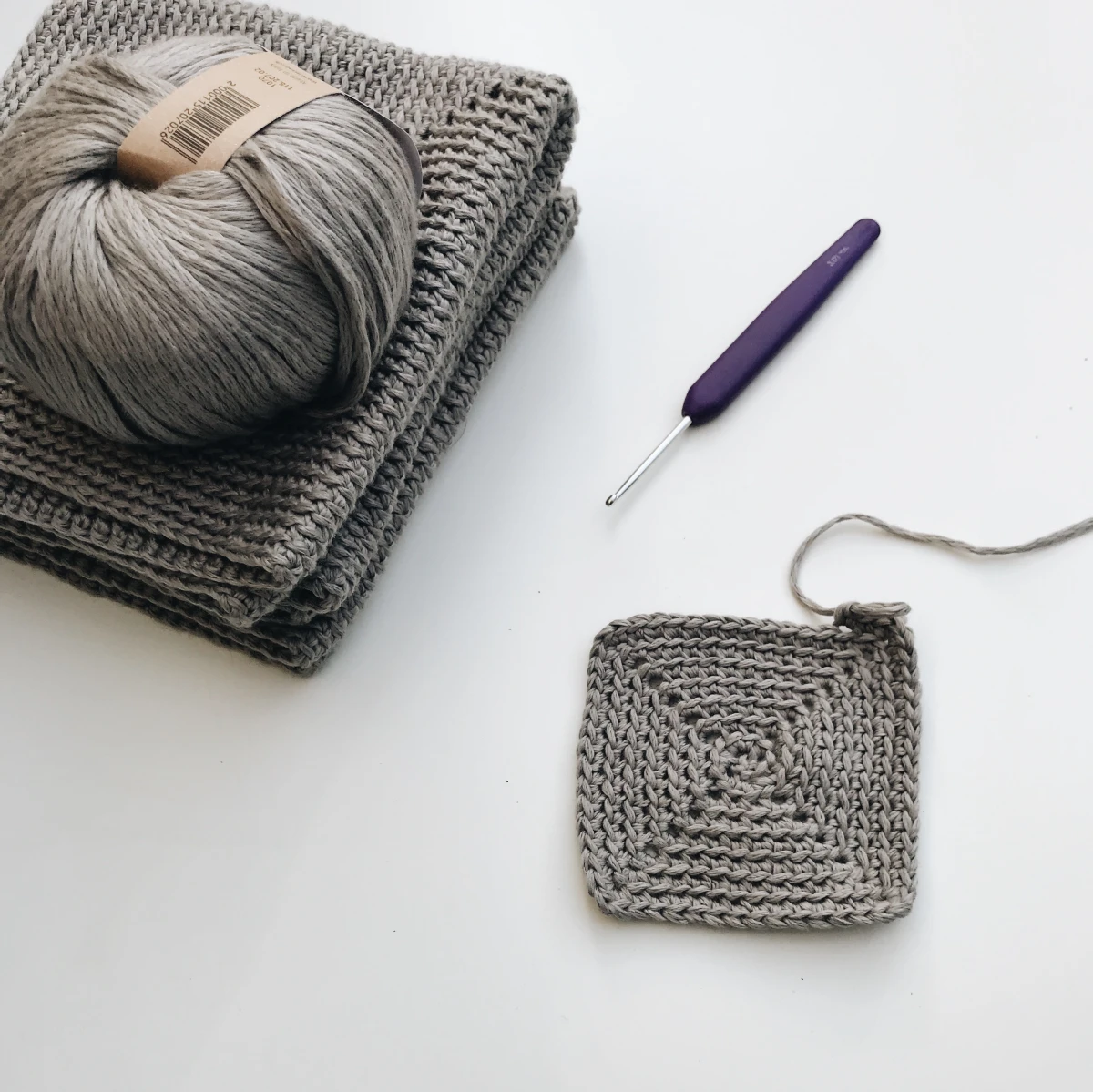
Tool Maintenance is a Must
A pro keeps their tools clean and sharp. A dull saw blade doesn’t cut wood; it burns it. It also requires more force, which makes dangerous kickback far more likely. After a project, wipe down your tools and blow the sawdust out of the motor vents. A few minutes of calibration on your miter or table saw, just using your square to make sure the blade is a perfect 90 degrees to the table, will save you hours of headaches.
Work Smart, Stay Safe, Keep Your Fingers
I take safety personally. The workshop demands your absolute respect. These aren’t suggestions; they’re the laws that keep you in one piece.
- Eye Protection: Always wear impact-rated safety glasses. Not your sunglasses. Every. Single. Time. A tiny wood chip flying at 100 mph can change your life in an instant.
- Hearing Protection: Power tools are loud enough to cause permanent hearing damage. For most power tool use, earmuffs or foam plugs with a decent Noise Reduction Rating (NRR) are essential.
- Lung Protection: Sawdust isn’t benign. Dust from some materials can be seriously toxic. Always wear a properly-rated dust mask when cutting or sanding. For heavy work, I use a respirator with cartridges. Your lungs will thank you down the road.
Heads up! Every power tool has a danger zone. For a table saw, it’s the area directly behind the blade where kickback can happen. This is when the wood gets caught and thrown back at you at terrifying speed. To prevent this, always use the riving knife that came with your saw, use a push stick for narrow cuts, and never, ever stand directly in line with the blade.
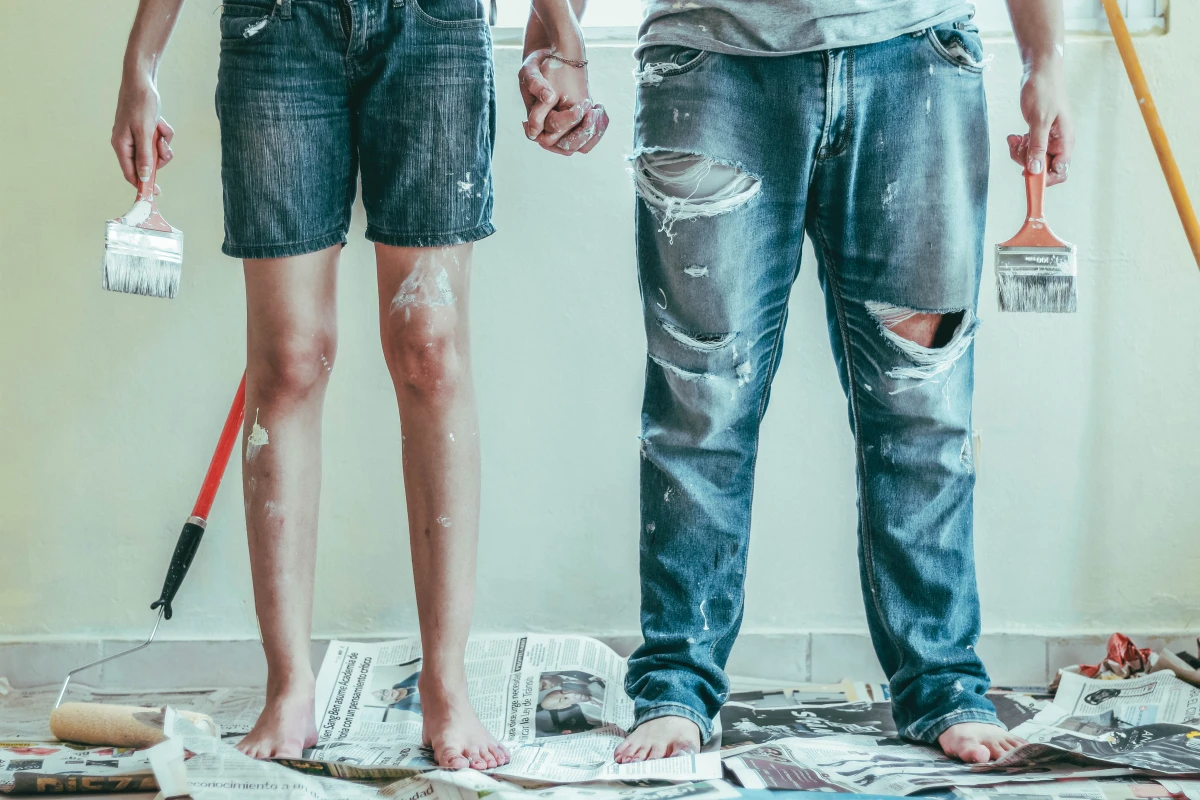
Finishing Touches and Fixing Mistakes
You can build a perfectly strong cabinet, but if the finish is blotchy, that’s all anyone will ever notice. The final 10% of the work makes 90% of the impression.
The Art of Sanding
Sanding isn’t just about making wood smooth; it’s about preparing it to accept a finish evenly. Plan on it taking longer than you think! You have to work through the grits in order: 120, then 150, then 180, and finally 220 for most projects. If you skip from 120 straight to 220, you’ll just be polishing the scratches left by the rougher paper, and you won’t see it until the stain makes them pop. It’s a painful lesson to learn the hard way.
By the way, a common finishing disaster is applying stain directly to soft woods like pine. It often comes out blotchy. To prevent this, wipe on a thin coat of pre-stain wood conditioner first. Another classic mistake is shaking a can of polyurethane. Don’t do it! You’re just mixing in a million tiny air bubbles that will ruin your finish. Gently stir it instead.
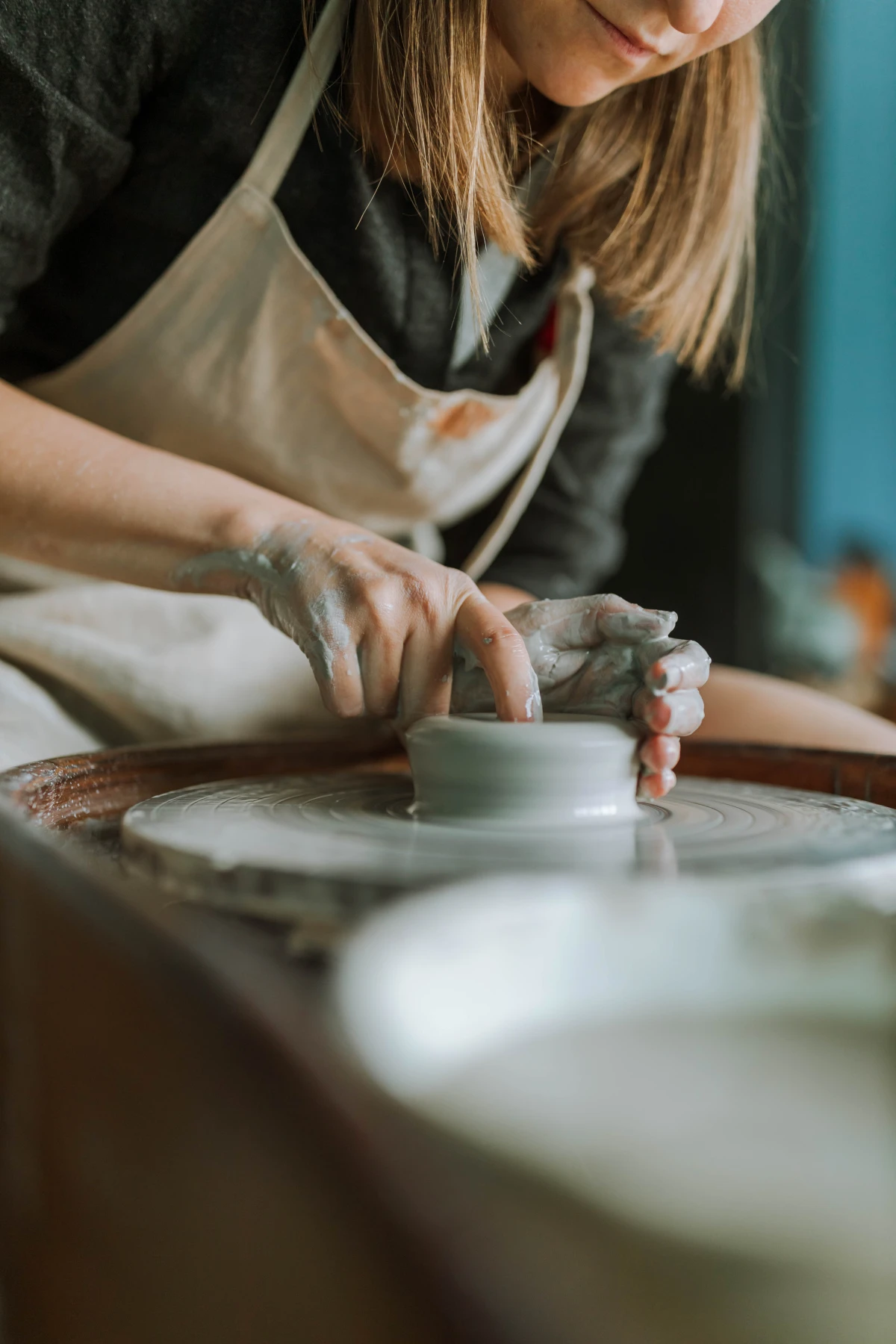
Troubleshooting Like a Pro
No project is perfect. The real skill is in how you hide the imperfections.
- A Gap in a Joint: If it’s a tiny gap, you can make your own matching wood filler with a bit of wood glue and fine sawdust from the same project. It’ll be a perfect color match when you apply the finish.
- A Stripped Screw Hole: We’ve all done it. The screw just spins and won’t tighten. The classic fix is to dip a couple of toothpicks or a sliver of wood in glue, stuff them into the hole, let it dry, and then trim it flush. Your screw will have brand new wood to bite into.
- A Dent in the Wood: For a small dent in raw solid wood (this won’t work on plywood or MDF), you can often steam it out. Put a drop of water in the dent, cover it with a damp cloth, and touch it with a hot iron for a second. The steam makes the compressed wood fibers swell back to their original shape. It feels like magic.
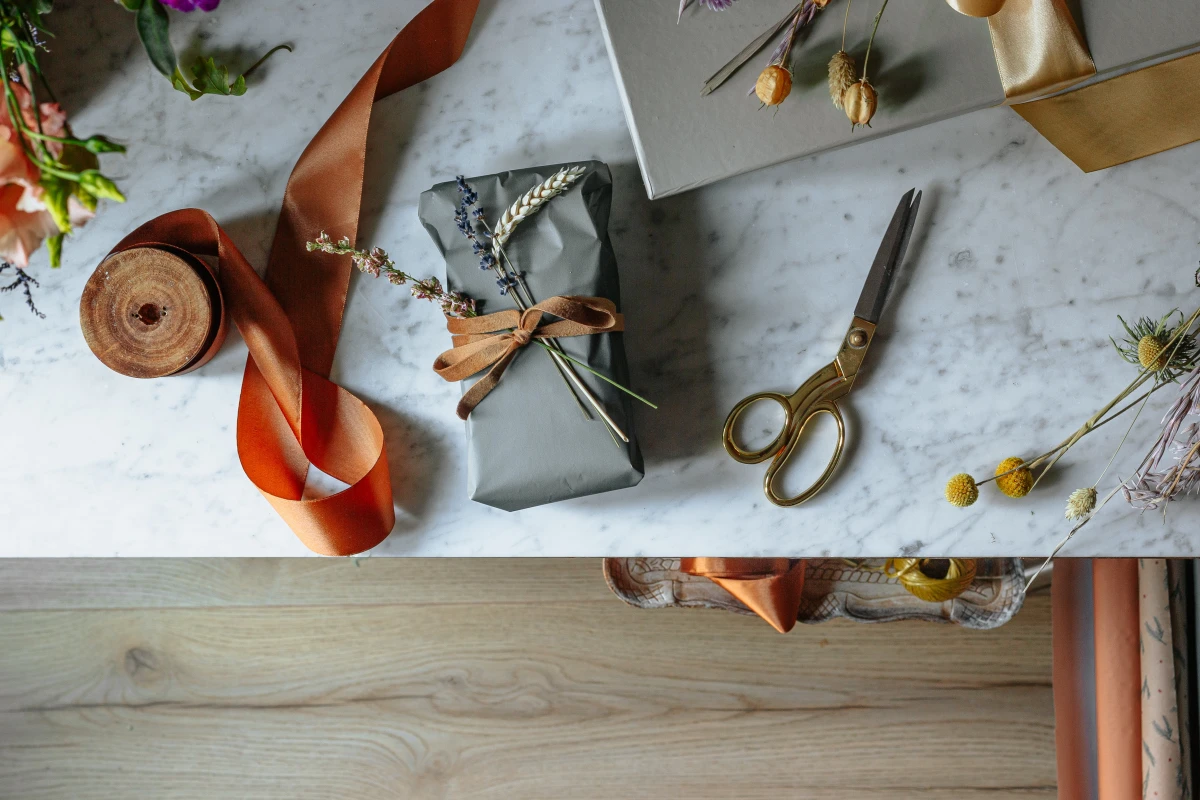
Don’t Forget to Enjoy It
Remember that wobbly birdhouse? It was full of mistakes, but it was mine. Don’t get so obsessed with perfection that you forget to enjoy the process itself. The smell of fresh-cut cedar, the hum of a good tool, the satisfaction of seeing a joint come together perfectly… that’s the real prize. Your skills will get better with every single project. Every mistake is just a lesson you paid for with a piece of wood. So be safe, be smart, and go build something you can be proud of.
Inspirational Gallery with Photos
Pine: It’s affordable and available everywhere, making it great for practice. However, it’s a soft wood that dents easily and can absorb stain unevenly, leading to a blotchy finish without proper prep.
Poplar: A step up. It’s a bit harder, has a fine, uniform grain, and is fantastic for projects you plan to paint. It takes stain better than pine but doesn’t have the dramatic grain of oak or ash.
For a first painted project, Poplar is a winner. For a stained piece, be ready to use a wood conditioner on Pine.
Did you know that a properly executed wood glue joint is actually stronger than the wood surrounding it?
When the wood fibers of two pieces intermingle and are locked in by a quality PVA glue like Titebond II, the bond is incredibly resilient. If the joint were to break under extreme stress, the wood itself would be more likely to tear apart than the glue line.
Wondering why your wood stain looks patchy and uneven?
You’re likely dealing with
- Achieve a silky-smooth surface that feels amazing to the touch.
- Ensure your stain and topcoat absorb evenly without dark splotches.
- Define the edges and details of your work with crisp precision.
The secret? A methodical sanding process. Don’t jump from a coarse 80-grit sandpaper straight to a fine 220-grit. You’ll just be polishing the deep scratches left by the first paper. Instead, work your way up through the grits: 80, then 120, then 180, and finally 220 for a flawless foundation before any finish is applied.
Beyond the cut list, think about your assembly order. This is especially crucial for projects with interlocking parts, like a cabinet or a box with dividers. Number your pieces with a pencil on an unseen edge as you cut them. A quick dry-fit (assembling without glue) will reveal any tight spots or misalignments before they become a permanent, glue-covered problem.
According to a study by the Forest Products Laboratory, a dull tool blade can require up to 50% more force to make a cut.
This isn’t just about making your life harder. That extra force translates to less control, a higher risk of kickback, and more friction, which causes the ugly burn marks you sometimes see on the edges of a cut. Keeping a sharp blade (like a quality Diablo blade) on your saw is one of the most important safety and quality investments you can make.
Important note on hardware: Always buy your hardware—hinges, drawer slides, knobs—*before* you finalize your cut list. There’s nothing worse than building a perfect cabinet carcase only to discover the specific hinges you want require a slightly wider or narrower stile than you planned for. Let the hardware’s technical specs dictate your final dimensions, not the other way around.
Want to build with character and on a budget? Reclaimed wood is your answer. It tells a story and saves valuable lumber from the landfill. Here are a few places to look:
- Architectural salvage yards for old beams, flooring, and trim.
- Local online marketplaces for people dismantling old decks or furniture.
- Non-chemically treated shipping pallets (look for the
Pocket holes are a DIYer’s best friend.
While traditional joinery is beautiful, the speed and strength of pocket-hole joinery are undeniable for furniture and cabinet projects. A system like the Kreg Jig allows you to create incredibly strong joints with just a drill and some specialized screws. It’s the fastest way to get a solid, square frame assembled and ready for the next step.
Don’t underestimate the power of a simple










